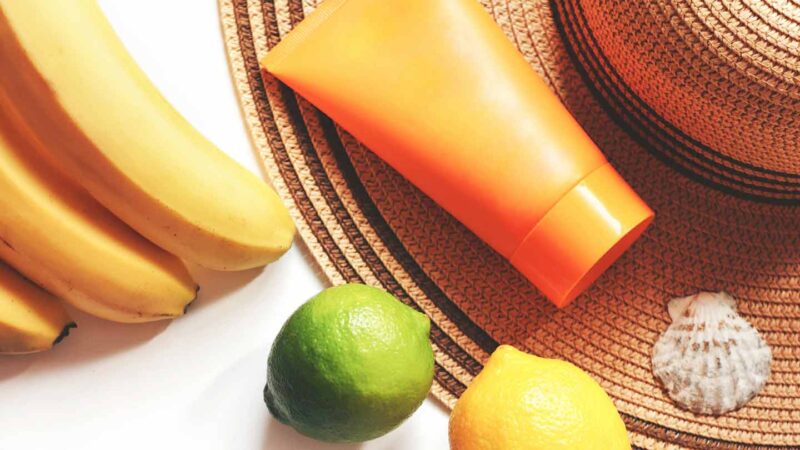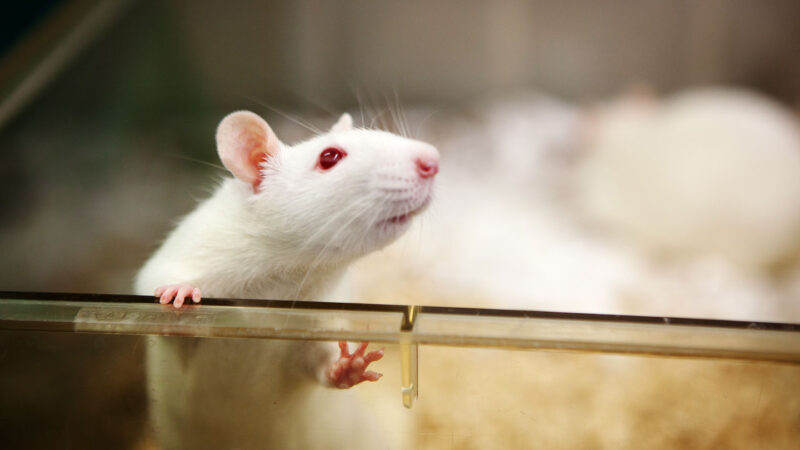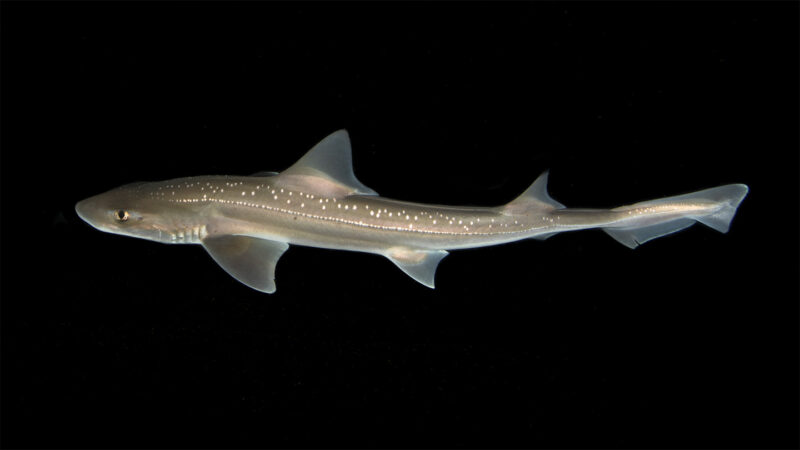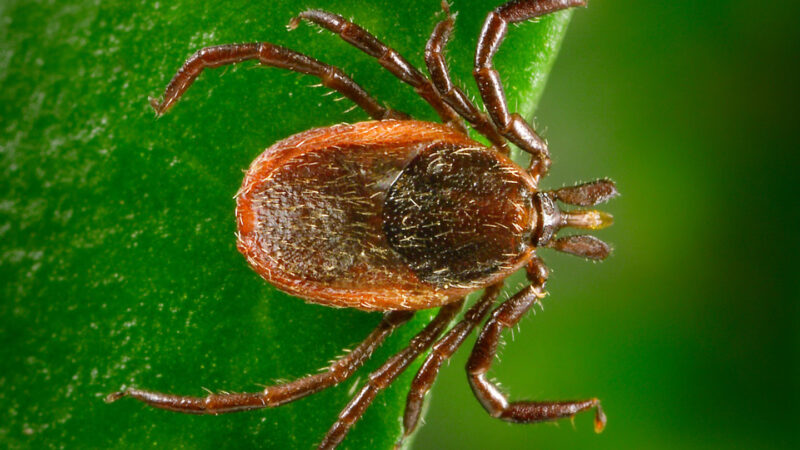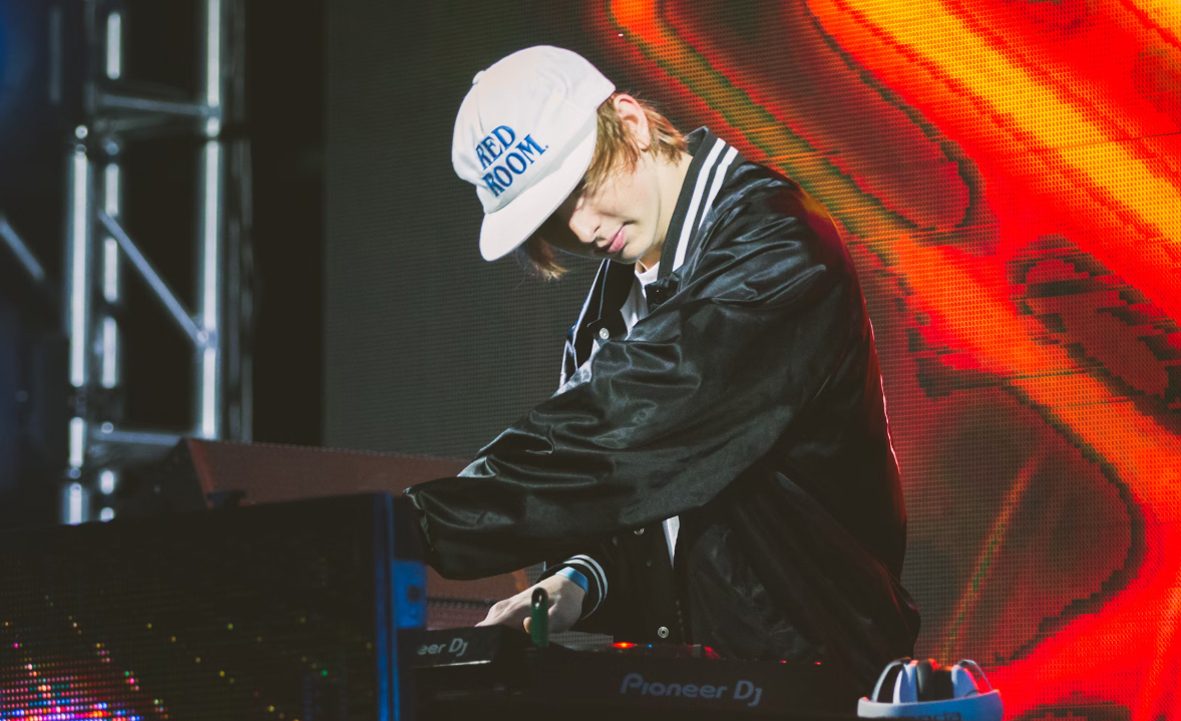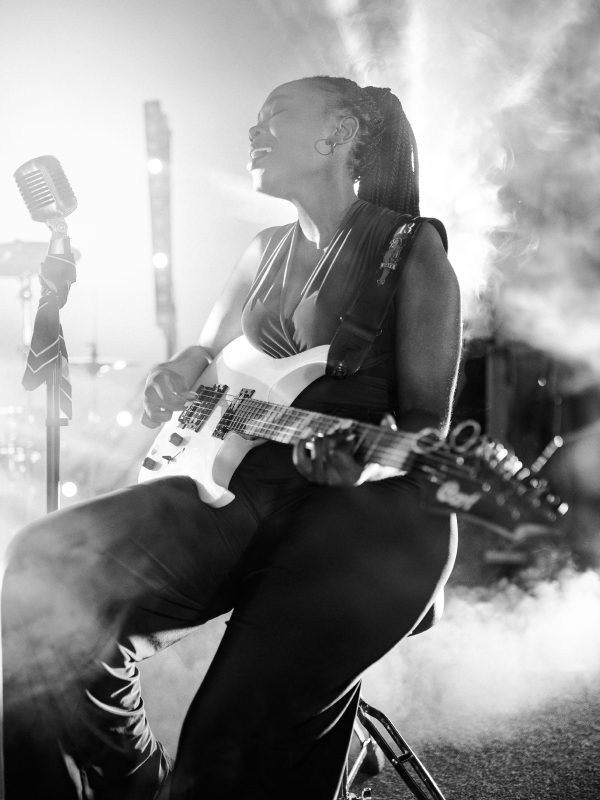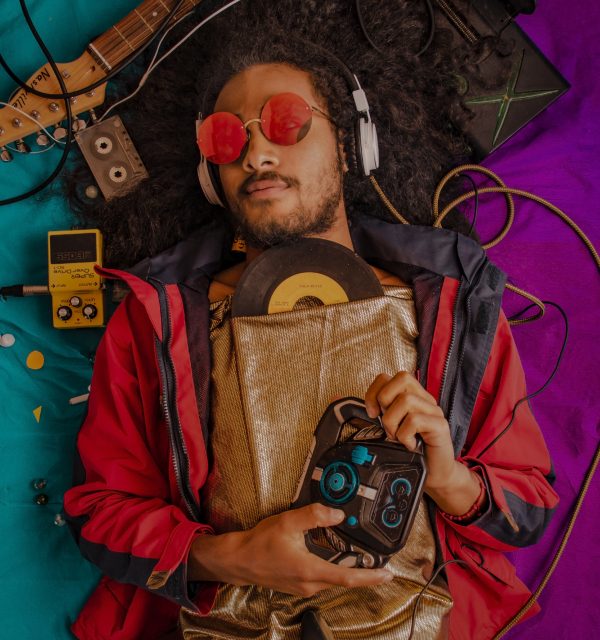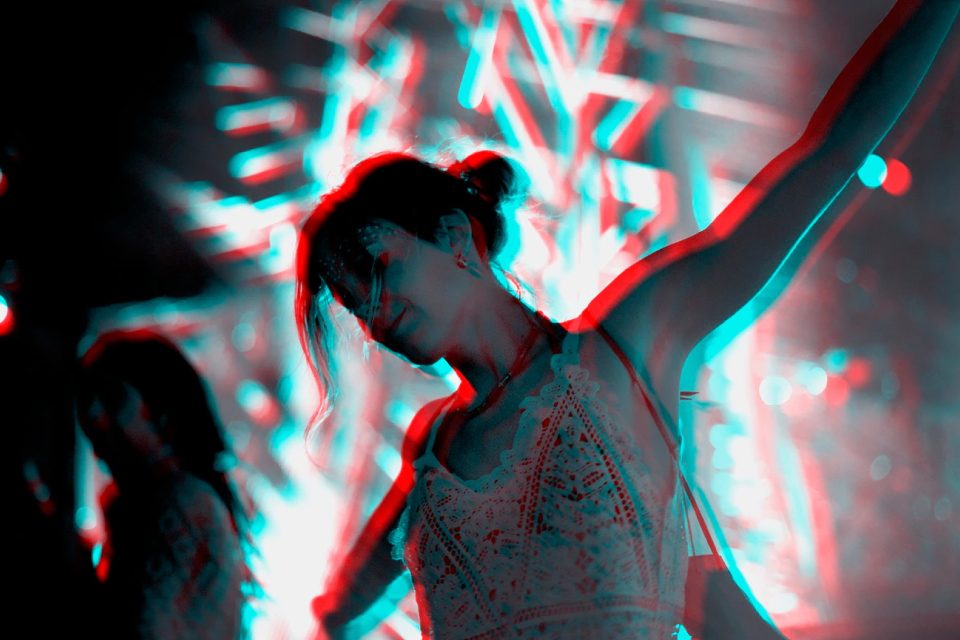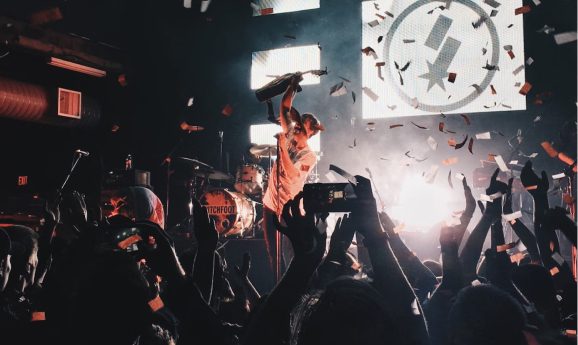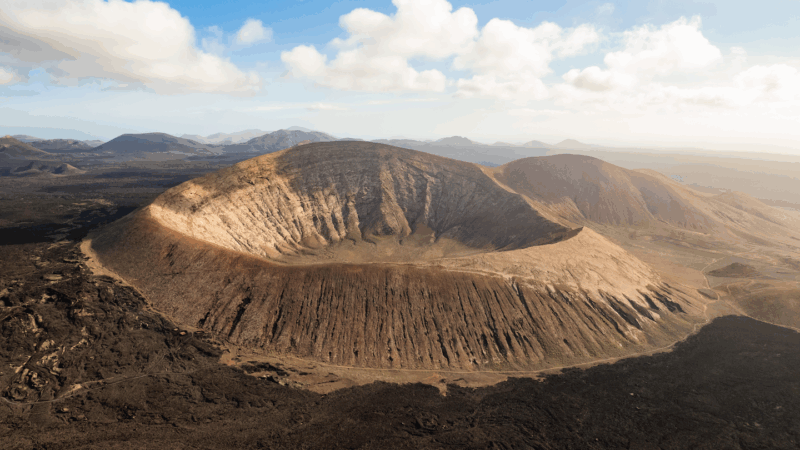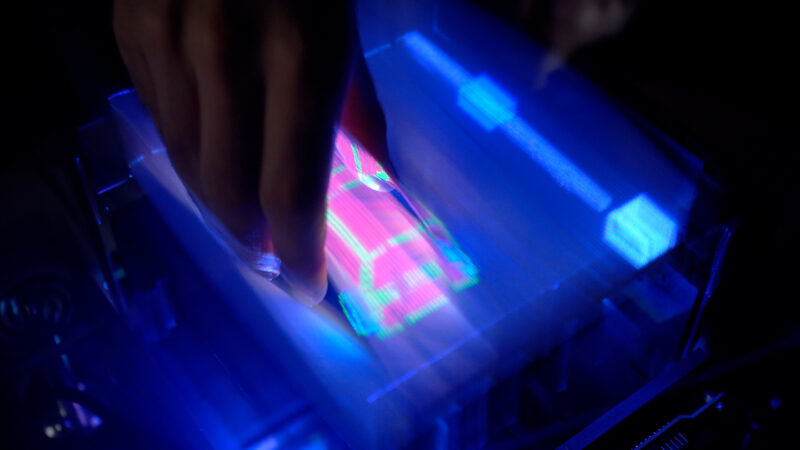Columbus, Ohio — Bananas grow best in full sun. To protect their sensitive skins from damaging ultraviolet rays, banana peels produce a natural sunscreen. A teen has now peeled back the secrets of this natural sunblock. What she’s found could lead to more eco-friendly sunscreens for all of us.

“My mom always raised me to pay attention to the ingredients in my cosmetics,” says Taylor Maguire, 15. She prefers “organic products over synthetic ones.” That led this sophomore at Garden City High School in New York to ask: “What’s in my sunscreen?”
These products protect our skin against blistering solar rays. But their use comes at a price. Some of sunscreen’s chemicals may cause cancer, Taylor notes. And when these chemicals wash into our environment, they can hurt animals. For example, some mineral sunscreens interfere with the ability of freshwater animals to navigate. High enough exposures, she says, can kill some organisms.
So, Taylor looked for alternatives to mineral-based sunscreens.
Bananas can naturally filter out much of the sun’s more damaging rays. Could their natural sunblock replace mineral sunscreens? Taylor investigated. And what she found out won her a spot here in May at the 2025 Regeneron International Science and Engineering Fair, or ISEF.
Extracting the goods
Bananas tend to grow in a “UV-intense environment,” Taylor says. UV — short for ultraviolet — is a band of light wavelengths. This high-energy light is invisible to the human eye. But it causes most of the sun’s damage to our skin. For a sunscreen to work, it must protect against certain UV rays.
Taylor had reasoned that bananas “must have their own mechanism.” After all, they grow near the equator. That’s where UV exposures are strongest.
Plants typically make flavonoids — pigments that come in a rainbow of colors — as a defense against the sun’s UV. Taylor wondered if banana flavonoids might work to protect our skin from UV, too.
She wasn’t sure exactly which bananas flavonoids to use. Taylor heated, froze and blended the outer layer of a banana peel. “That’s the part that’s exposed to the sunlight,” she explains. Any UV-filtering chemicals likely lie there.
Breaking open the cells released many of their chemicals. From this soup she made two extracts. One of these contained only components that would dissolve in water. That was her aqueous extract. The other contained only chemicals that wouldn’t dissolve in water. That was her nonpolar extract. Nonpolar chemicals dissolve in oil rather than water.
Putting banana extracts to the test
A sunscreen must absorb UV light before it reaches your skin. And the more it absorbs, the better. To test how well each extract could do that, Taylor turned to a light-measuring tool. Called a spectrophotometer, it measures how much of any color of light a liquid absorbs.
The tool confirmed that both of her banana extracts absorbed UV light. But the nonpolar one went a step further. It absorbed the full range of UV wavelengths — and especially the most damaging ones. They belong to a part of the UV spectrum called UV-A.
Would banana-based sunscreens also be safe for the environment? After all, Taylor says, typical drug-store sunscreens can harm aquatic life. To find out, she recruited planarians (Girardia tigrina) as her “guinea pigs.” Planarians are a type of flatworm that live in water. They’re often used in drug-safety studies, Taylor explains. A chemical that harms these worms might also pose a risk to other aquatic animals.

The plan was to put planarians into dishes with different extracts and expose them to strong UV light for 10 minutes. If the worm’s movement slowed or stopped, she took that to mean the light damaged them. Her five test solutions included her two extracts, a drugstore sunscreen solution, plain water and glycerol.
Why glycerol? The nonpolar extract and sunscreen solution both contained this thick liquid. Taylor tested glycerol by itself to check if it caused problems on its own.
And it did. “The nonpolar banana, the glycerol and the mineral sunscreen [appeared] fatal” to the worms, she found. “They stopped moving.”
That “was surprising,” Taylor says. Glycerol “is actually an ingredient found in a lot of sunscreens,” she says. It’s not known to hurt people. But she’s “pretty sure” it killed her planarians.

In a later test, Taylor would notice that glycerol damaged planarians’ skin — even with no UV exposure. Glycerol is used in many products. Taylor’s work now suggests it might pose risks to aquatic life.
But planarians survived just fine in the aqueous extract. And these outperformed the water-only group — the only other ones left alive, the teen says.
Taylor confirmed this later when she stained those same planarians. She used a special dye. It stains damaged tissue so that it glows under her microscope’s UV light. Basically, the more glow, the more damage there is.
The three glycerol-exposed groups exhibited the most damage. The aqueous extract group showed the least. Where damage did show up, Taylor says, it looked “spotty.” That probably means a worm “was not fully coated.”
The next step is figuring out exactly what chemical provided the aqueous extract’s UV protection. Identifying that, she says, could allow for a new class of eco-friendly, banana-based sunscreens.
Regeneron ISEF is a program created and run by the Society of Science (which also publishes this magazine). Taylor was among 1,657 students — from 62 nations or territories — competing at the 75th annual ISEF. They shared in nearly $9 million in prizes.

